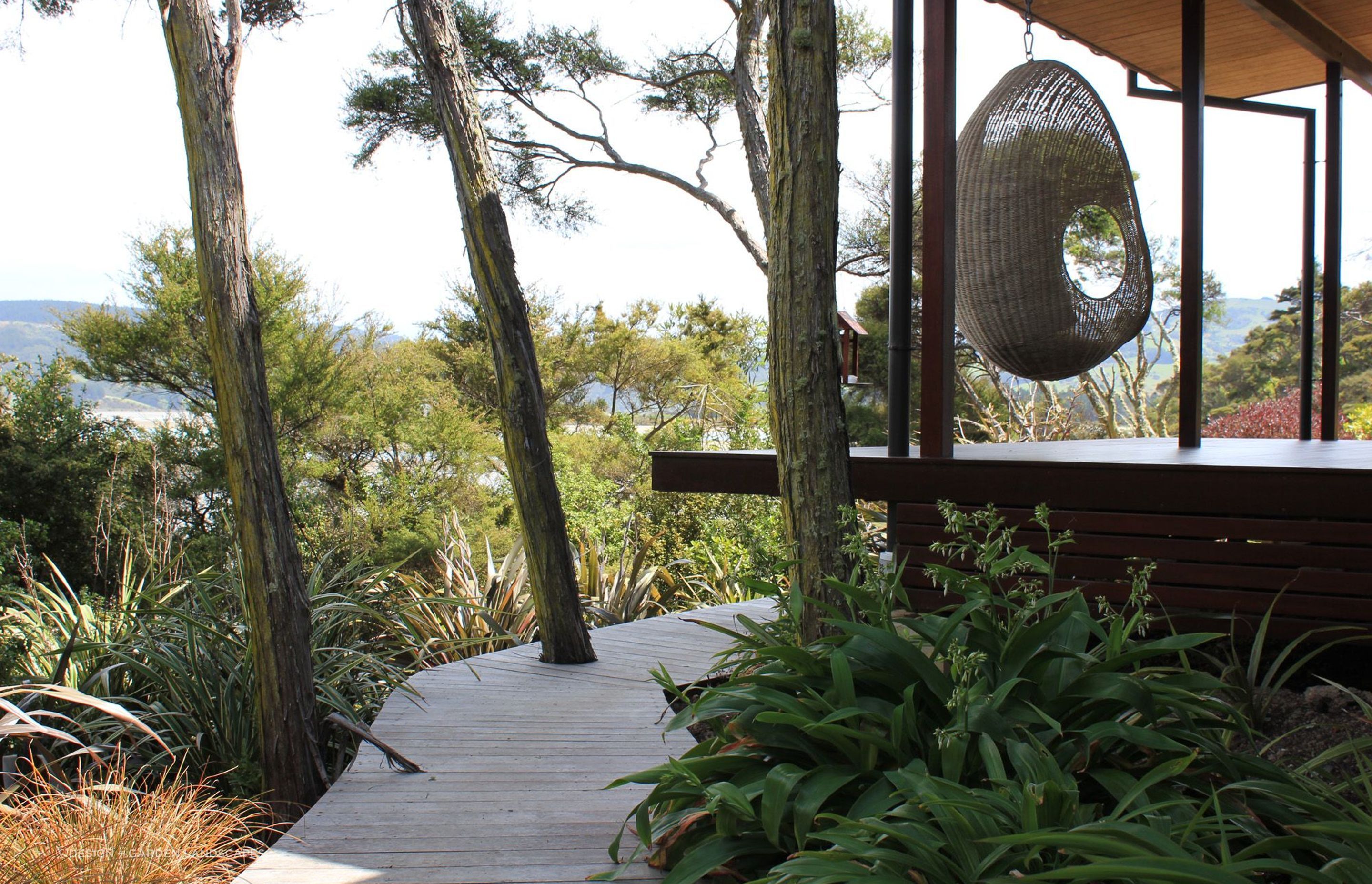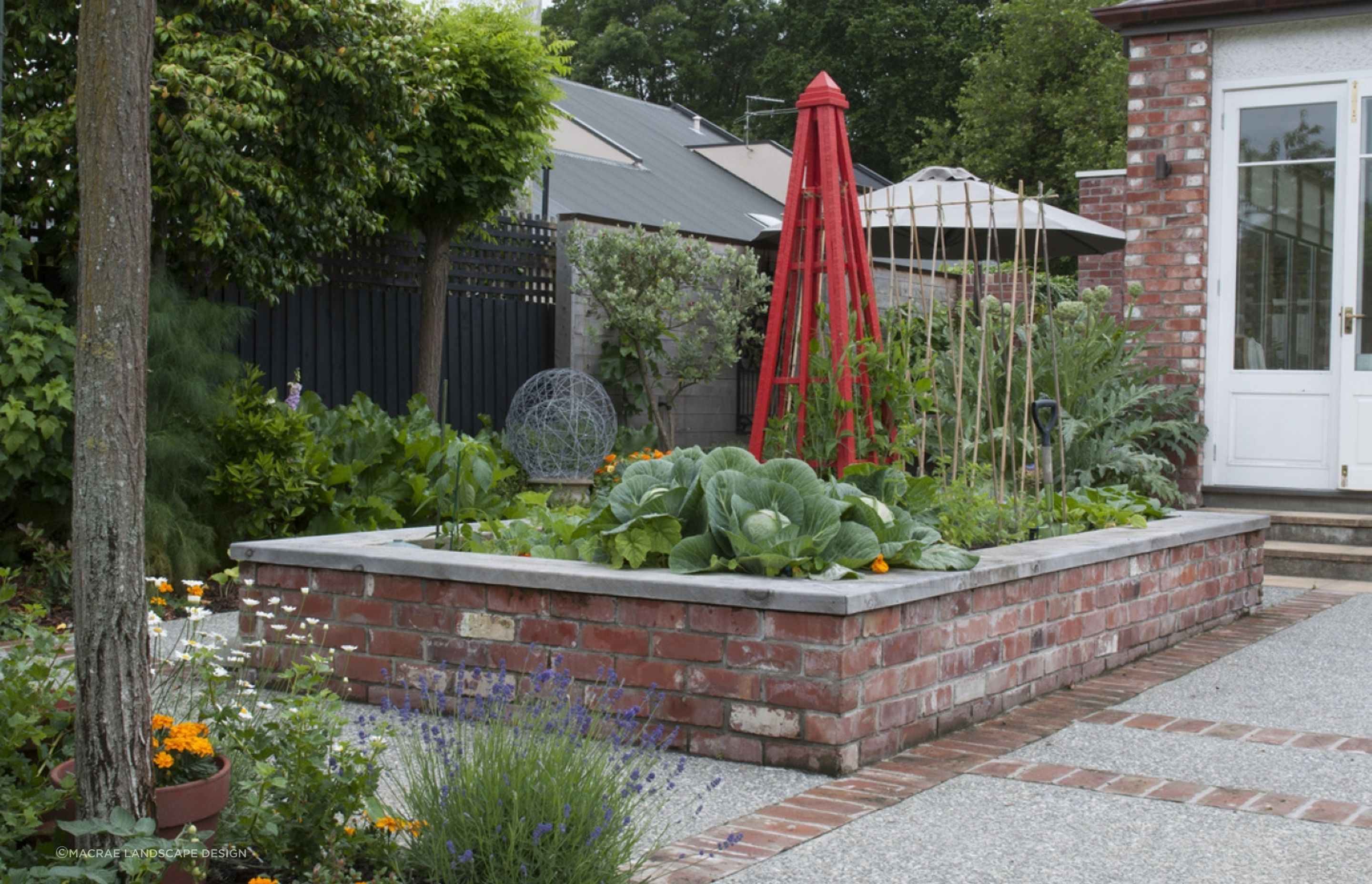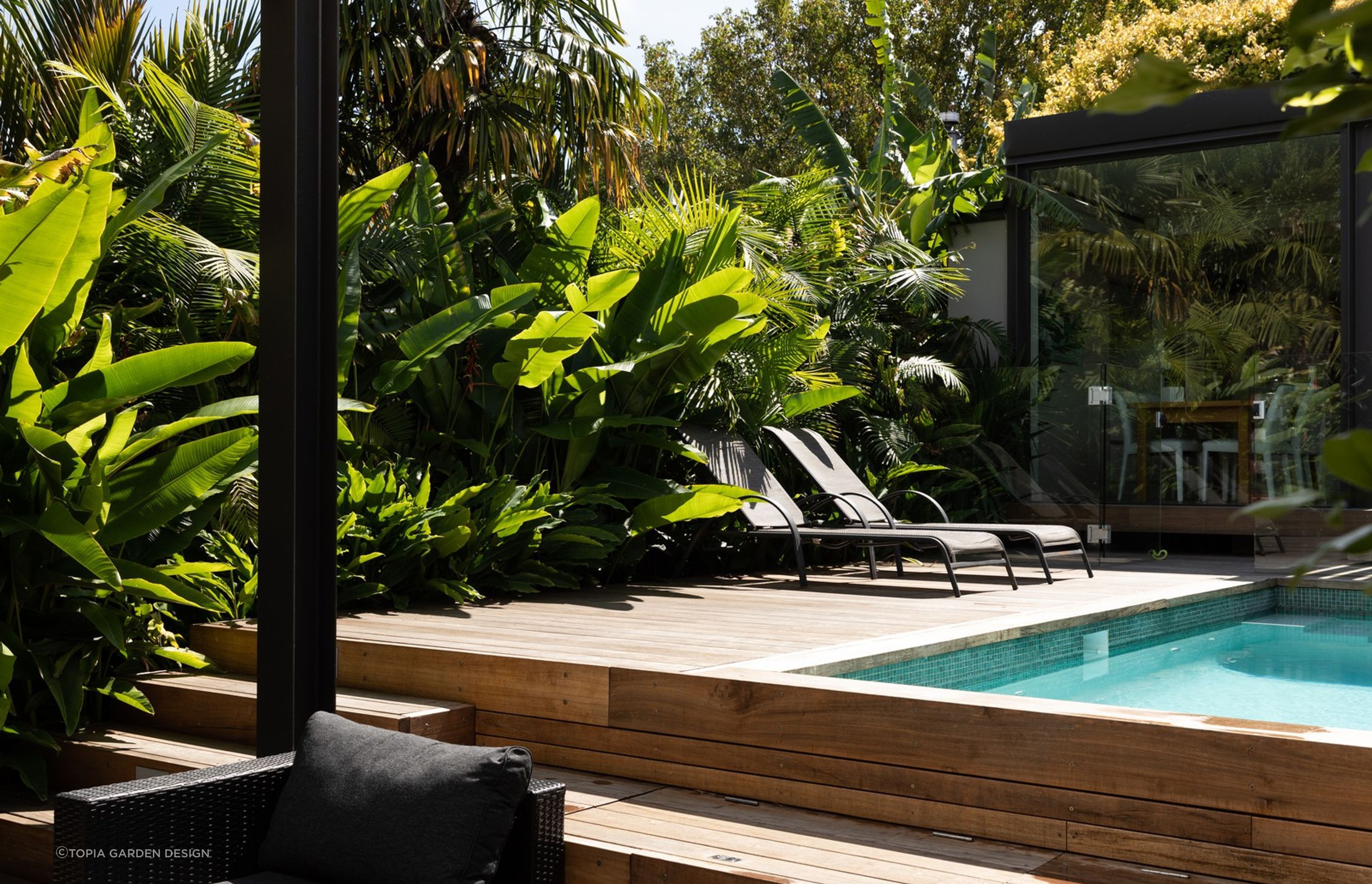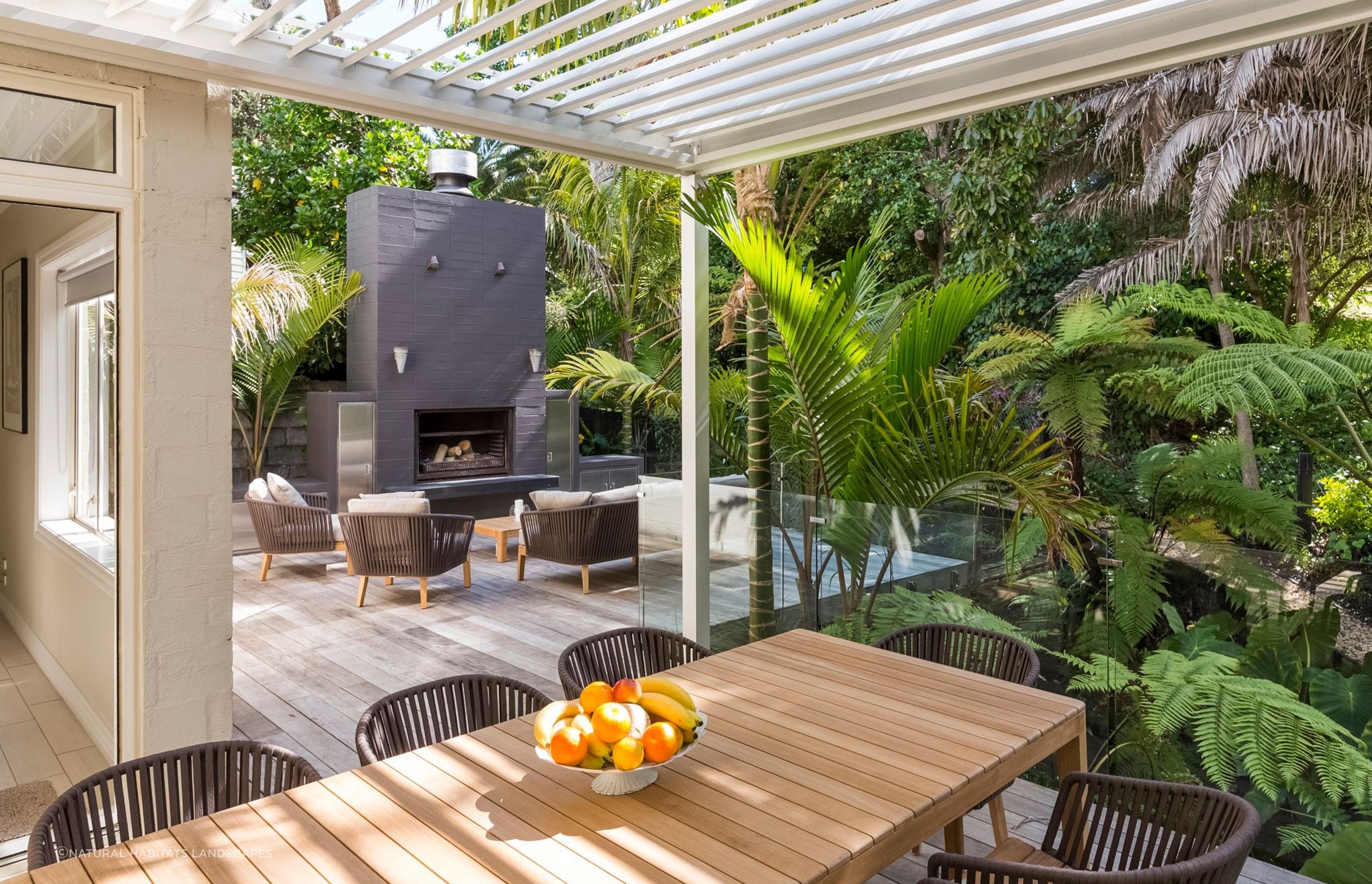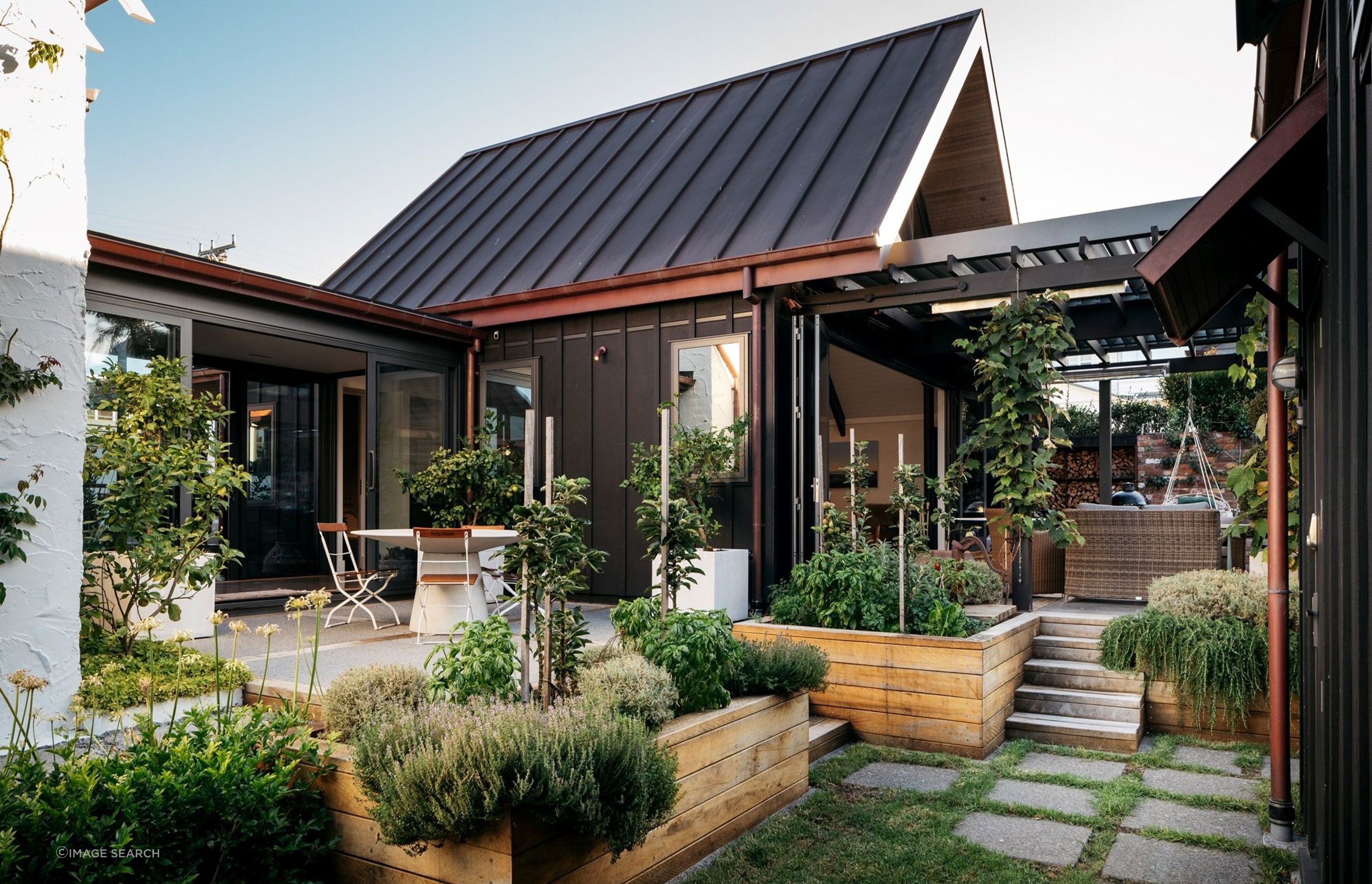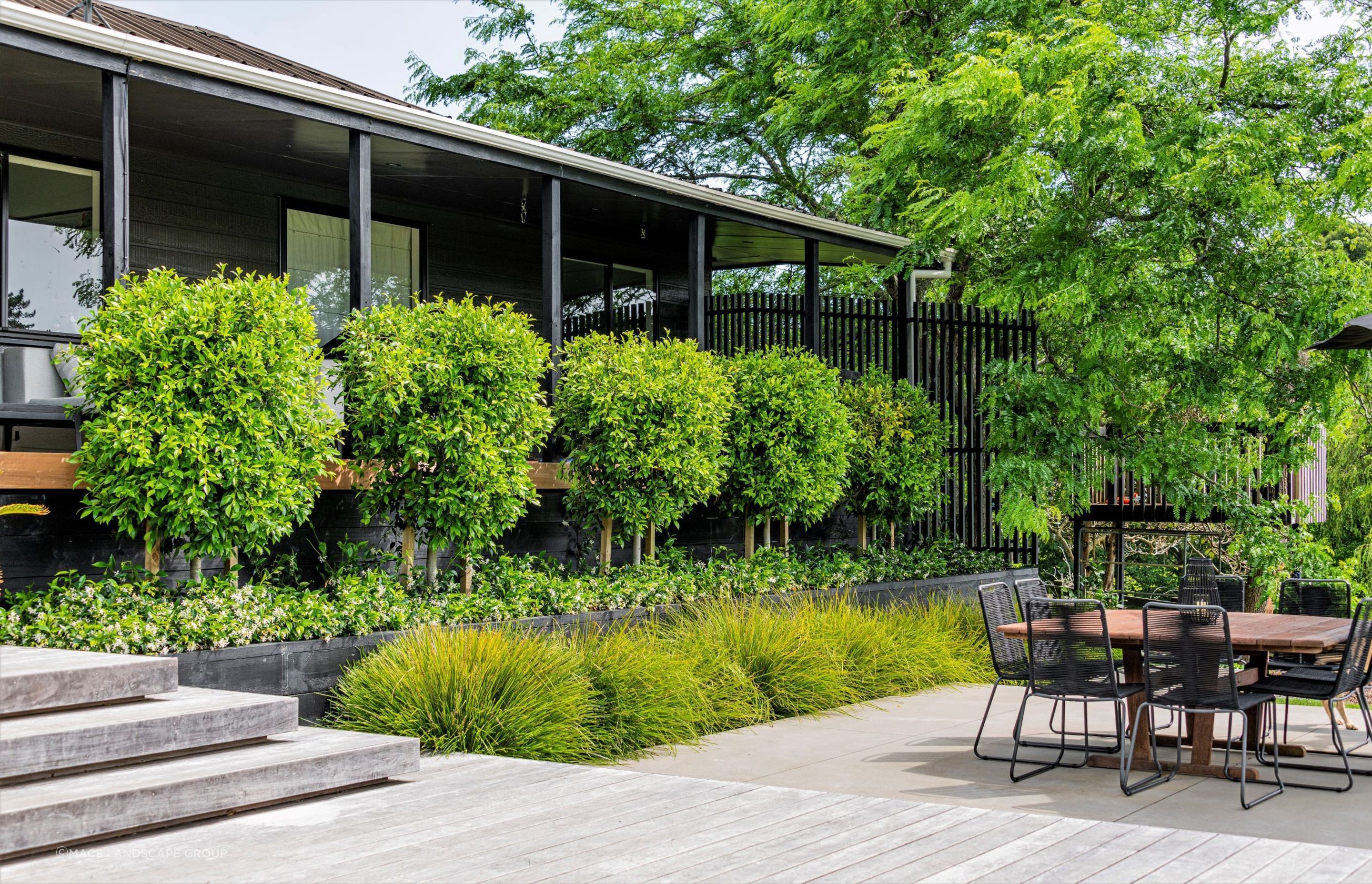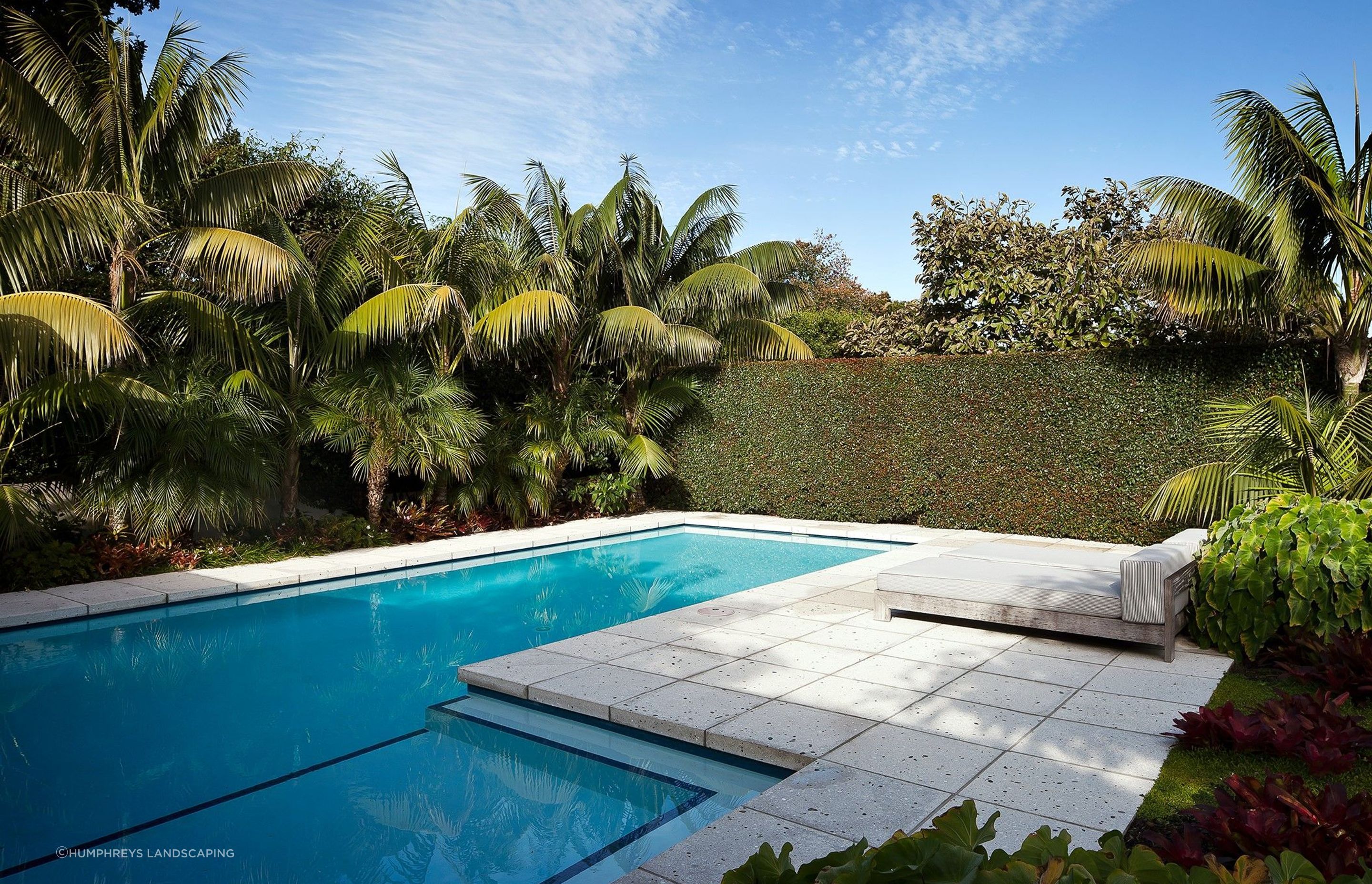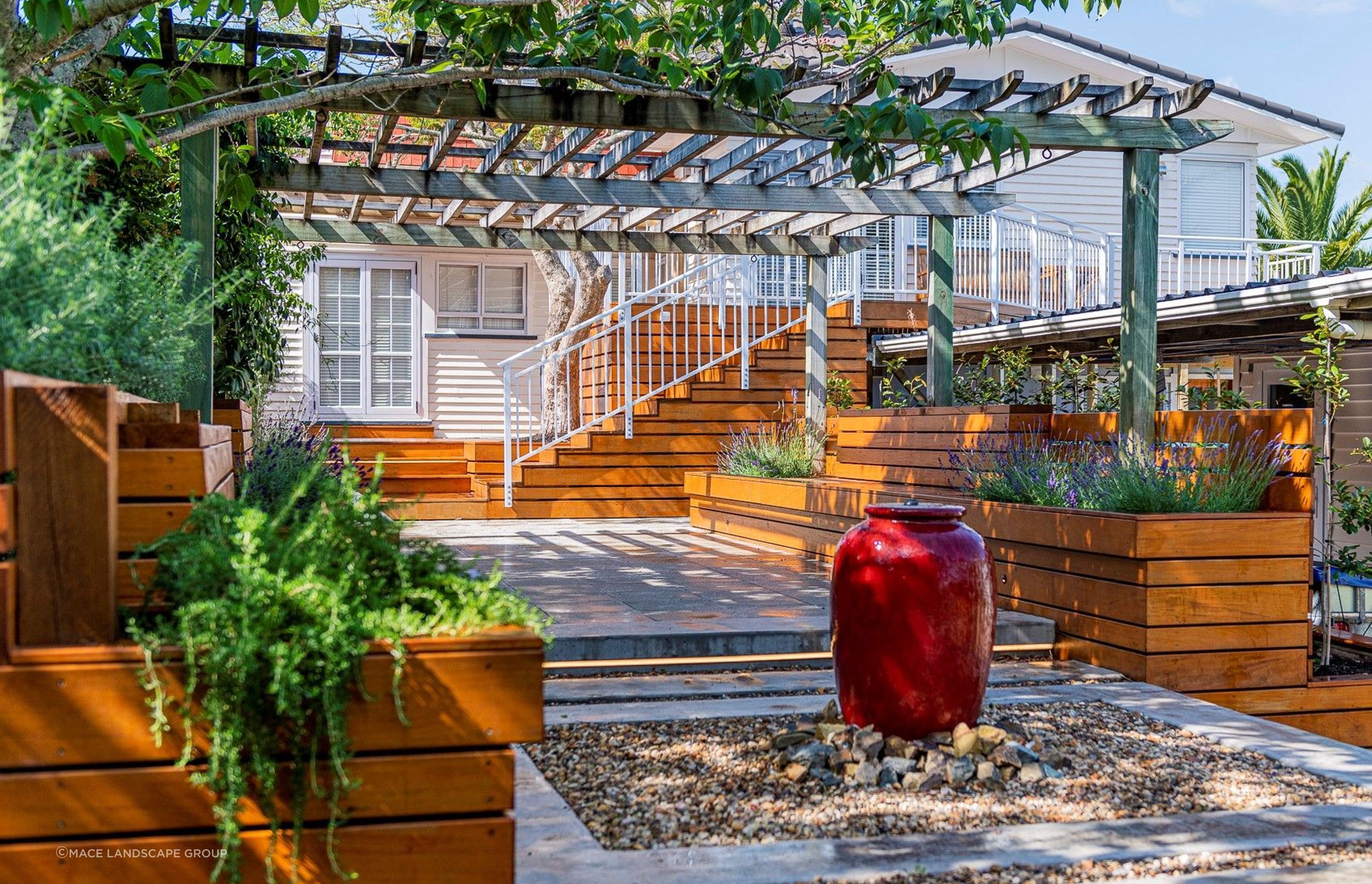Landscape design tips and strategies to help you create your dream garden
Written by
21 January 2024
•
7 min read
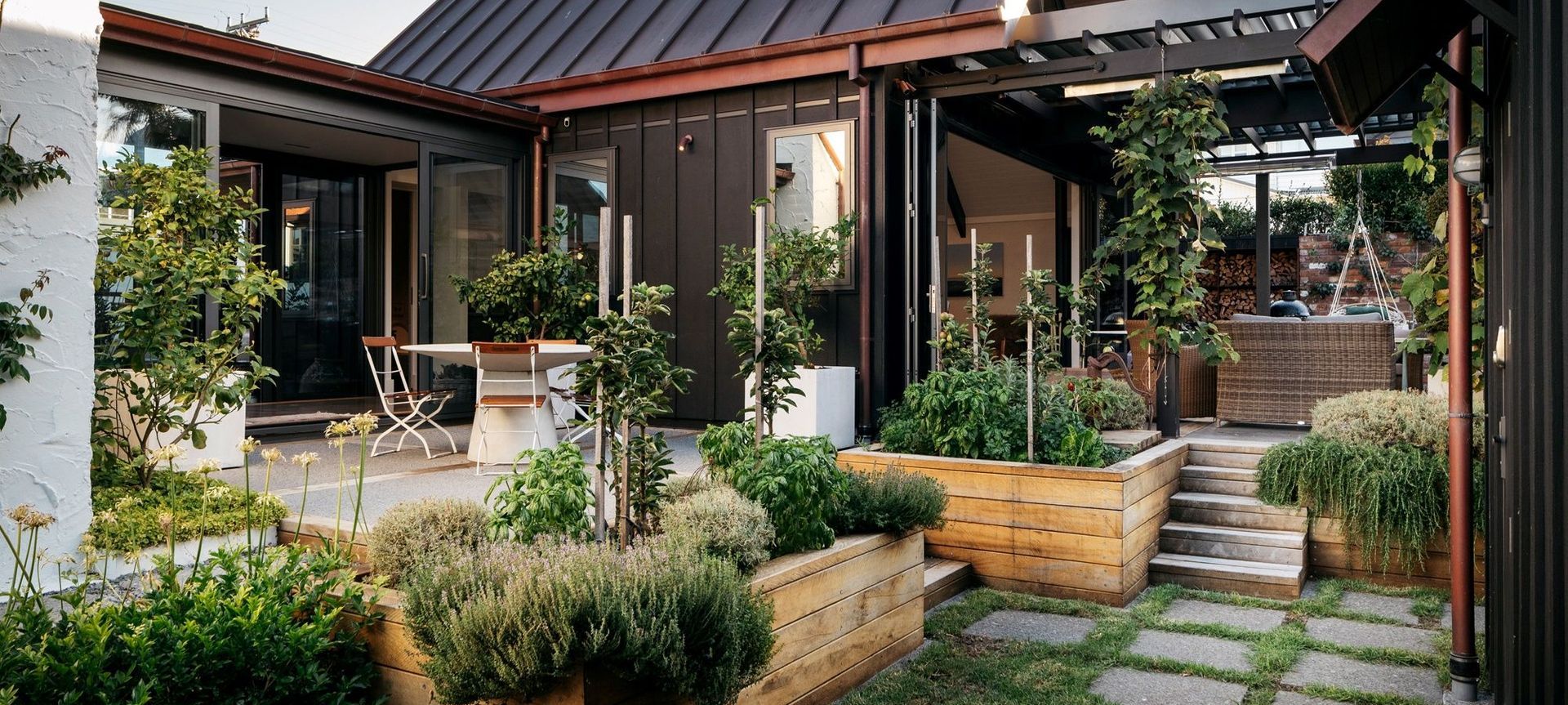
Creating a garden that shines and thrives is something that requires a decent degree of knowledge and sometimes a certain element of luck. While you can't do much about the latter, there are some excellent landscape design tips that can help you with the former, giving you a great chance to create and maintain the garden of your dreams.
1. Prioritise native plants with pride
We're extremely fortunate to have a wide variety of exquisite native plants in New Zealand that we can include as part of the landscape design in our gardens. This isn't just a good thing to do for the sake of appearances but for practical reasons too.
Native plants are naturally well-adapted to New Zealand's weather and temperatures, soil and environment. They can establish themselves easily and thrive in local conditions, generally requiring less maintenance, help from fertilisers and extra watering.
They also support biodiversity, providing food for local wildlife like insects, birds and animals — important when considering our country's ecosystem. Native plants will also help you create a distinctly New Zealand look in your garden, something many take pride in.
2. Think sustainably for the future
Now, more than ever, sustainability and our impact on the environment, sit at the forefront of everything we do. This is particularly true for any landscaping project where natural elements are the focus of the design.
There is much you can do to ensure your garden is sustainably set up for the future. The aforementioned use of native plants is an easy one for all the reasons already discussed. The use of locally sourced, recycled materials, for things like garden structures and pathways, is another.
Drip irrigation systems and rainwater harvesting through water tanks, especially helpful in the summer, are increasingly popular options being adopted. For those with green fingers, composting your organic kitchen waste is a great way to keep your soil naturally nutrient-rich.
3. Consider your climate
Different regions in New Zealand can experience vastly different climates and it's important to think about this quite specifically when it comes to landscape design.
For example, if you live in a more subtropical climate like that experienced in the upper part of the North Island, you'll want plants that thrive in humid conditions, areas of sun and wind protection and potentially a water harvesting system for the dry summers.
If you live in a more temperate area of the South Island, you'll want to opt for more hardy plants that can withstand the occasional frost and orientate your garden design to maximise the sunlight which may also involve including shelters to protect it from the strong, cold gusts.
Research is key, and the more you know about your local climate, the more likely your outdoor space will be usable and easy to maintain throughout the year.
4. Create an exciting outdoor living space
Most people want more from a garden design than a pretty space to be admired. They want one that allows them to make use of the space in a variety of different ways, for themselves and to share with friends and family. That's where creating an outdoor living space comes in.
A well-conceived outdoor living space is great as it combines functionality, comfort and style. It establishes itself as a focal point for you and others to enjoy, whether it's for entertaining, lounging, dining or even cooking when an outdoor kitchen is involved.
Designing an outdoor living space is a big project in itself but to get you off on the right track, start thinking about how you want to use it and what elements will make the biggest difference in your daily life.
Related article: Swimming pool designs that are shaping our outdoor living spaces
5. Don't discount produce and edibles
Including a vegetable garden or at least a few fruit trees that produce edibles is a great thing to consider with a plethora of benefits. Some people don't even entertain the thought, thinking too much effort is required, but once established, the pros easily outweigh the cons in more ways than one.
Fresh and nutritious produce will always be the most appealing aspect of these edibles, and rightly so, especially with the ever-increasing cost of food. The personal health benefits of this are nicely complemented by the environmental benefits of the lower carbon footprint involved in getting food from the supermarket and supply chain.
For families, they can also be a great way to educate kids about where food comes from and how it is grown. It can also develop an understanding of sustainable living, setting them up nicely for the future.
6. Layer your planting for depth and interest
Strong and stylish landscape design has a fundamental artistic element to it with huge aesthetic potential in the right hands. A good strategy to follow for this is layered planting, a practice that involves arranging plants in a staggered, multi-level configuration.
Like many of these tips, there are numerous benefits to doing so. The visual interest and depth you can create from layered planting is the main reason most people embrace it in their landscape design. With plants and trees of varying heights, colours and textures you can quickly create a dynamic scene that offers something fresh at every glance.
It also improves biodiversity with a variety of landscape plants and natural shelters (tall trees, shrubbery, groundcover etc) for different birds, insects and animals to enjoy. On top of this, you'll have better soil health, potential wind and noise buffers, reduced risk of erosion and more.
7. Plan for your privacy
One thing that is often surprisingly neglected or missed altogether is planning for your privacy. The amount of privacy you have in your outdoor space often has a direct influence on how comfortable you feel in it, more so than you might think.
This is especially important in urban areas where your neighbours are much closer and sometimes above your fence line too. While privacy screens are a common and effective way to deal with this in some situations, another option to consider is privacy planting, using tall plants and hedges.
The advantage of doing this is it allows you to maintain a natural look to your landscape design while enhancing the feeling of privacy and seclusion. They also act as effective windbreaks, and shelters for shade while improving air quality too.
8. Add a water feature as a point of difference
With any landscaping project, it's important to try and make your outdoor space, your own. A key way of doing this is to incorporate unique elements into your landscape design but this is often easier said than done.
One way of doing this is to include a water feature in a prime spot of your landscape layout. This will not only grab the eye but create a soothing atmosphere, the likes of which only the sound of trickling water can. Once more, people often avoid them for the perceived effort to get them set up but the challenges are overstated and the therapeutic and mental health benefits are strong.
Water features come in a wide variety of forms including ponds, fountains, waterfalls and more, allowing you to tailor your choice to your tastes and preferences.
Some great landscape design tips to get you started
With some great tips under your belt, you're in a fantastic position to hit the ground running, creating a modern landscape plan and garden design. Whether including some of our finest native plants, building an outdoor living space or including some water features, you'll find that these tips improve the usability of your garden for many years to come.
